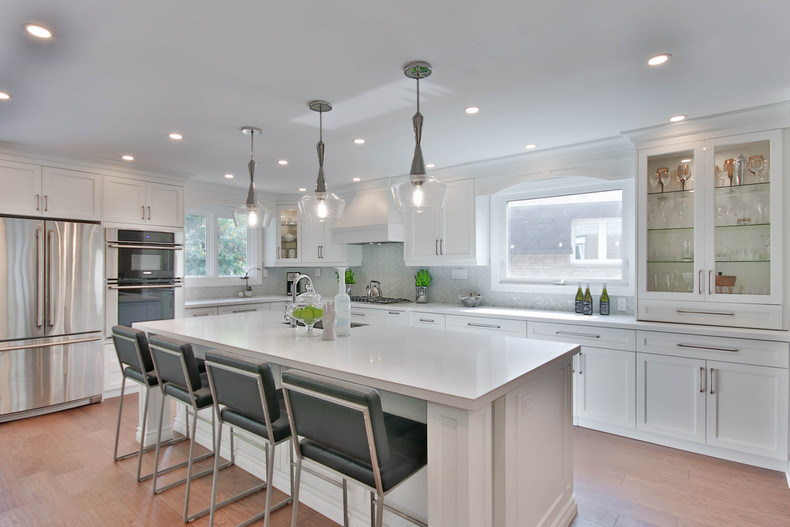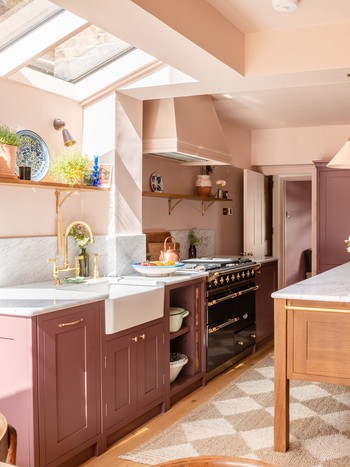Tailor Your Kitchen Look with Distinct Legs For Kitchen Island Alternatives
Tailor Your Kitchen Look with Distinct Legs For Kitchen Island Alternatives
Blog Article
An Overview to Picking the Perfect Legs For Cooking Area Island for Your Home
Choosing the excellent legs for your cooking area island is a nuanced decision that influences both the capability and aesthetic allure of this main room. Elements such as elevation, products, and design play a vital duty in harmonizing your island with the total cooking area style. In addition, comprehending the significance of security and maintenance can dramatically affect your option. As you take into consideration these components, it comes to be noticeable that the ideal legs can change not just the appearance of your cooking area but also its functionality for several years to find. What details attributes should you prioritize in this selection process?

Comprehending Kitchen Island Legs
When selecting legs for a cooking area island, it's important to comprehend their functional and visual functions in the total style. The legs function as an important support group, ensuring stability and toughness for the island, which commonly works as an office, dining area, or collecting area. As a result, the option of material and construction technique have to be robust enough to stand up to day-to-day use and prospective wear.
In enhancement to their architectural responsibilities, legs add considerably to the island's visual appeal. They can boost the kitchen's style, whether with standard, contemporary, or diverse designs. The height and proportion of the legs are also important considerations; they have to balance with the island's counter top elevation while making sure comfortable seating for those utilizing the room.
Additionally, the leg style can affect the total circulation of the kitchen area. Open, airy leg styles can produce a sense of lightness, while strong, substantial legs may convey a more grounded and steady visual - Legs For Kitchen Island. Understanding these aesthetic and useful aspects will certainly guide homeowners in making notified choices that enhance their cooking area's layout and enhance its usability
Popular Styles and Materials
The choice of legs for a kitchen island incorporates a range of prominent designs and products, each offering unique features that can boost both performance and aesthetics. Amongst one of the most sought-after styles are contemporary, rustic, and traditional. Contemporary legs often feature streamlined, minimalist layouts that highlight simplicity and clean lines, making them perfect for modern kitchen areas. Rustic designs, on the other hand, welcome natural environments and typically showcase recovered timber or troubled coatings, including heat and beauty to the room. Standard legs generally exhibit ornate details and craftsmanship, enhancing classic cooking area layouts.

Height and Stability Considerations

Stability is an additional essential factor to consider. The legs of the cooking area island should provide adequate support, making sure that the structure can withstand day-to-day usage without moving or wobbling. Material option plays a substantial role in security; metal legs, for example, often tend to provide higher toughness contrasted to wood. Additionally, making sure that the island is safely anchored to the floor or wall can enhance stability, especially for larger islands that might bear substantial weight.
Matching Your Kitchen Area Aesthetic
Choosing the right legs for your cooking area island exceeds functionality; it also plays a substantial function in the overall aesthetic of the space. When choosing legs, think about the design style of your kitchen. For a contemporary look, sleek steel or minimalist styles can develop a clean, modern ambiance. On the other hand, standard or rustic kitchens typically gain from wooden legs with detailed outlining or a troubled surface, improving warmth and character.
Shade is an additional vital factor. Legs that complement or contrast with your island's surface area and bordering cabinets can develop visual harmony or striking centerpieces. Coupling dark wood legs with a light marble kitchen counter can include deepness and interest. Furthermore, think about the surface of the legs; matte, shiny, or textured finishes can significantly affect the overall feel of the kitchen.
Installation and Maintenance Tips
Setting up kitchen area island legs requires mindful attention to detail to ensure both security and aesthetic allure. Begin by choosing an appropriate location for your island, ensuring it check it out is degree and has enough room for motion. Use a stud finder to find wall studs if you are connecting the legs to a wall or using braces for added support. Mark the placement of the legs accurately before boring.
When securing the legs, use top notch screws and, if needed, timber glue for extra stamina. For metal legs, make certain that you are using suitable supports and tools to stop damages to your flooring. It is suggested to check for levelness after setup, making modifications as needed to avoid wobbling.
Maintenance is just as vital for longevity - Legs For Kitchen Island. Frequently examine the legs check out this site for any kind of indications of wear or helping to loosen, especially in high-traffic locations. Clean the legs with a suitable cleaner, preventing unpleasant materials that may scratch the surface. For wood legs, take into consideration applying a wood conditioner occasionally to maintain their surface. By following these installation and maintenance pointers, you can make sure that your cooking area island legs continue to be both useful and aesthetically attractive.
Conclusion
Finally, selecting the suitable legs for a cooking area island requires careful factor to consider of elevation, stability, and visual compatibility. By choosing suitable materials and styles that straighten with the total kitchen area layout, capability can be boosted while preserving visual appeal. Proper installation and ongoing maintenance additionally add to the resilience and long Your Domain Name life of the cooking area island. Ultimately, thoughtful leg option plays a vital role in elevating both the functionality and layout of the kitchen area room.
When selecting legs for a kitchen island, it's essential to comprehend their visual and functional functions in the overall style. Open, ventilated leg styles can create a feeling of lightness, while strong, significant legs might communicate a much more grounded and stable aesthetic. The legs of the kitchen island must provide ample assistance, guaranteeing that the structure can endure day-to-day usage without wobbling or moving.Setting up kitchen area island legs requires careful focus to information to ensure both security and aesthetic charm.In conclusion, choosing the appropriate legs for a kitchen area island demands mindful factor to consider of elevation, security, and aesthetic compatibility.
Report this page